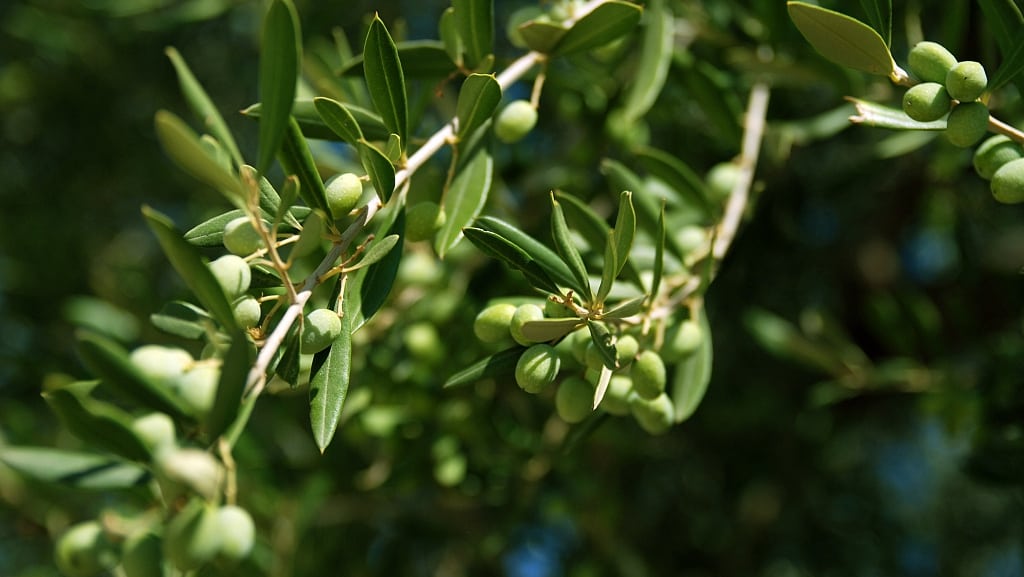Due to one year of lockdown, producers cut 50 cents per kilo in the sale of olives. This year, 80% of production was destroyed by frost. The olive growers of PDO edible olives in Ormylia, Halkidiki, are still waiting for state aid.
In 2019, the 40th session of the UNESCO General Conference declared November 26 as World Olive Tree Day.
The olive tree is the symbol of peace, wisdom and harmony, while in antiquity the winner of the Olympic Games was crowned with a kotinos, that is, with an olive wreath!
In our daily lives, olives and olive oil are the main ingredients of the Mediterranean diet with great nutritional value and a special place not only in Greek cuisine, but also in world cuisine.
In Ormylia, which is 7 km from the coast of the Toroneos Gulf, about 1,500 members of the homonymous Agricultural Association together with their families are engaged in the cultivation of edible olives.
Their olives is a Protected Designation of Origin (PDO) product.
The mild Mediterranean climate and the long lasting sunshine help in the cultivation of olives.
The pandemic, however, managed to "crush" the olive tree. The lockdowns also caused a huge problem to the olive growers in the area, as the president of the Agricultural Association of Ormylia, Christos Tsipelis, said.
Traders in 2020 due, to the pandemic and the lockdown - hence a period with reduced demand - bought olive prices to 1 euro per kilo, while in 2019 producers had sold the crop for 1.50 euros / kilo.
"Coronavirus hit the producer of edible olives PDO Halkidiki by 50 cents per kilo. The price fell by a third, that is, from 1.50 euros we were selling, it went to 1 euro," he explained.
And in 2021, however, things did not go well for the olive growers of Ormylia. This time because of the weather.
"This year our production was reduced by 80% due to the frost that occurred in March 2021. Then the frost froze the "stings" from the trees (ie the point where it bears fruit) and so the trees did not bear fruit," Tsipelis said.
The destruction was very great.
As he explained, "a tree in other years will give 70 kg, 40 etc. On average, they give about 50 kg's. In good productive times, the region produces approximately 25,000 tonnes of olives."
"This year, however, due to the frost, a tree yielded only 3 to 5 kilos of olives!" Tsipelis stressed.
Despite the small production they had, the selling price was good since the olive of Halkidiki is a "100% exportable product" and so the producers were paid 1.60 euros per kilo.
Ormylia olive growers are still waiting to be compensated by the state for the effects of COVID-19 and the frost.
"Since last year, we had to get aid for the coronavirus, for the Fall, but we did not get it. We did not receive reinforcements for the frost either," he said.
"All of them have been compensated except for the edible PDO olive of Halkidiki. All the cooperatives are making some moves so that we do not get some money," Tsipelis concluded.

